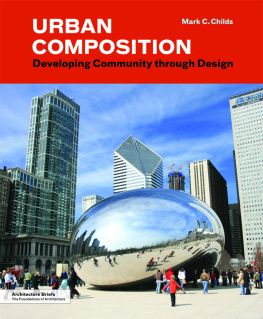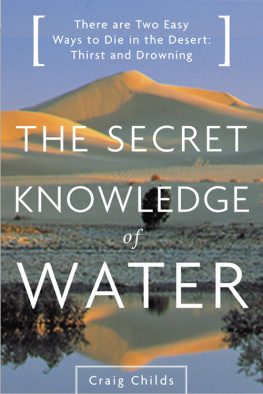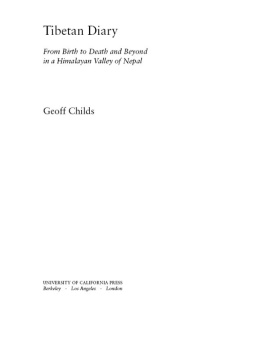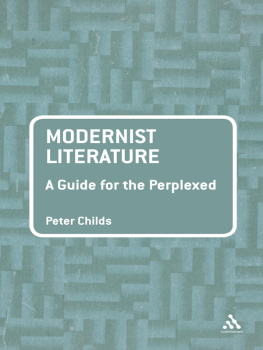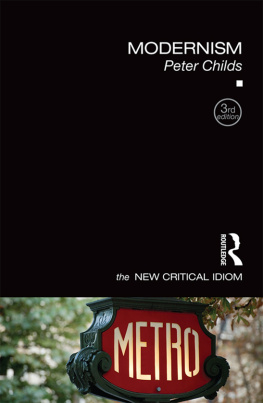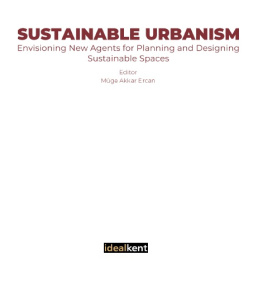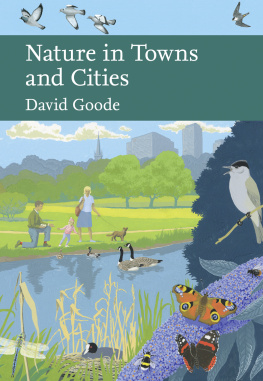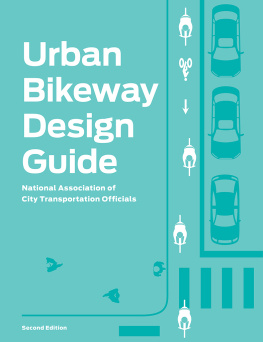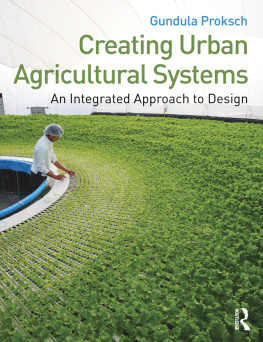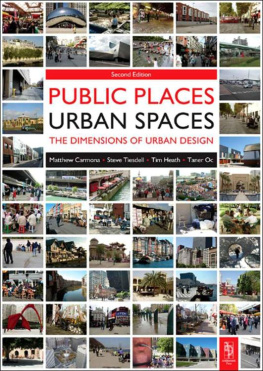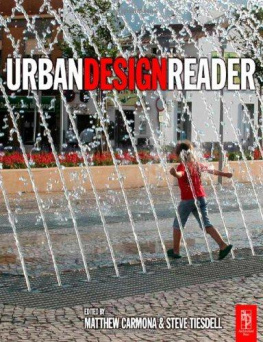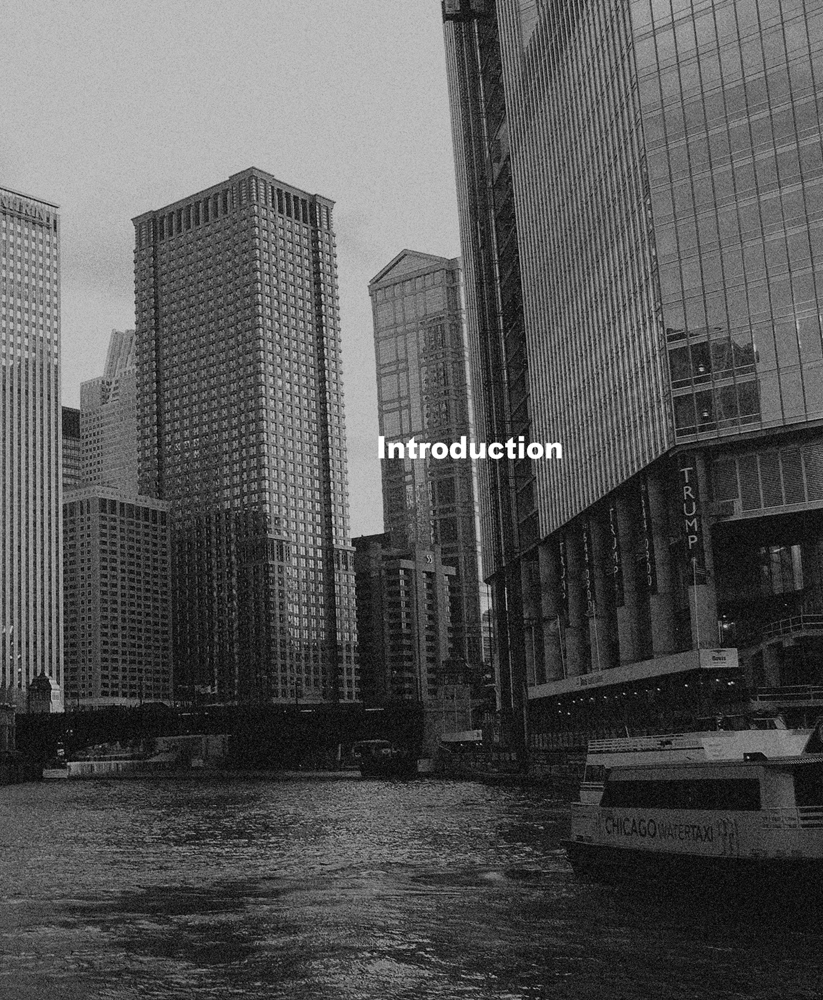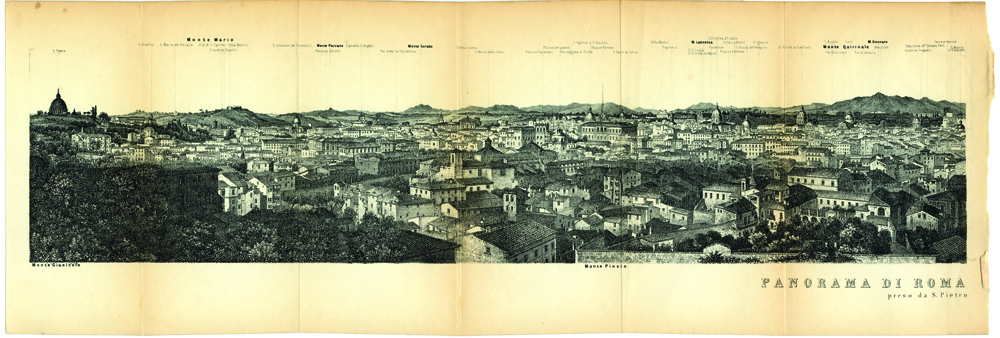Urban Composition
dedicated to
Elaine, Emily, and Quinault. Now its your turn to write a book.
acknowledgments
I deeply appreciate the gracious assistance of Elaine Thomas, Dorothy Thomas, Mazohra Glynn-Thami, Judith Wong, Doug Eberhart, and Megan Carey, as well as my students, editors, and reviewers, and the contributors of photographs.
Portions of this work are based on previously published articles by the author, including:
A Spectrum of Urban Design Roles, Journal of Urban Design 15, no. 1 (2010): 119.
Civic Concinnity, Journal of Urban Design 14, no. 2 (2009): 13145.
Storytelling and Urban Design, Journal of Urbanism 1, no. 2 (2008): 17386.
Civic Ecosystems, Journal of Urban Design 6, no. 1 (2001): 5272.
published by
Princeton Architectural Press
37 East 7th Street
New York, NY 10003
Visit our website at www.papress.com
2012 Princeton Architectural Press
All rights reserved
15 14 13 12 4 3 2 1 First edition
No part of this book may be used or reproduced in any manner without written permission from the publisher, except in the context of reviews.
Every reasonable attempt has been made to identify owners of copyright. Errors or omissions will be corrected in subsequent editions.
cover image: Gary718 Stock Photography
editor: Megan Carey
designer: Paul Wagner
special thanks to Bree Anne Apperley, Sara Bader, Nicholas Beatty, Nicola Bednarek Brower, Janet Behning, Fannie Bushin, Carina Cha, Russell Fernandez, Jan Haux, Linda Lee, Diane Levinson, Jennifer Lippert, Gina Morrow, John Myers, Katharine Myers, Margaret Rogalski, Elana Schlenker, Dan Simon, Sara Stemen, Andrew Stepanian, and Joseph Weston of Princeton Architectural Press Kevin C. Lippert, publisher
library of congress cataloging-in-publication data
Childs, Mark C.
Urban composition : developing community through design / Mark C. Childs. 1st ed.
p. cm. (Architecture briefs series)
Includes bibliographical references.
ISBN 978-1-61689-052-0 (alk. paper)
ISBN 978-1-61689-203-6 (digital)
1. City planningSocial aspects. 2. ArchitectureHuman factors. I. Title. II. Title: Developing community through design.
NA9053.H76C49 2012
711'.4dc23
2011043094
The Architecture Briefs series takes on a variety of single topics of interest to architecture students and young professionals. Field-specific and technical information are presented in a user-friendly manner along with basic principles of design and construction. The series familiarizes readers with the concepts and technical terms necessary to successfully translate ideas into built form.
also in this series
Architects Draw Sue Ferguson Gussow isbn 978-1-56898-740-8
Architectural Lighting: Designing with Light and Space Herv Descottes, Cecilia E. Ramos isbn 978-1-56898-938-9
Architectural Photography the Digital Way Gerry Kopelow isbn 978-1-56898-697-5
Building Envelopes: An Integrated Approach Jenny Lovell isbn 978-1-56898-818-4
Digital Fabrications: Architectural and Material Techniques Lisa Iwamoto isbn 978-1-56898-790-3
Ethics for Architects: 50 Dilemmas of Professional Practice Thomas Fisher isbn 978-1-56898-946-4
also in this series:
Material Strategies: Innovative Applications in Architecture
Blaine Brownell
isbn 978-1-56898-986-0
Model Making Megan Werner isbn 978-1-56898-870-2
Old Buildings, New Designs:Architectural Transformations
Charles Bloszies
isbn 978-1-61689-035-3
Philosophy for Architects Branko Mitrovi c isbn 978-1-56898-994-5
Sustainable Design: A Critical Guide David Bergman
isbn 978-1-56898-941-9
Writing about Architecture: Mastering the Language of Buildings and Cities Alexandra Lange
isbn 978-1-61689-053-7
The basic idea of city planning is the clear recognition of the fact that no one can accept responsibility for any smallest element in the complex unit that we call a city without participating also in the joint, undivided, and complex responsibility for the future excellence or inferiority of the city as a whole.
Frederick Law Olmsted , American City Magazine , 1913
How can civil designersarchitects, landscape architects, civil engineers, public artists, city council members, and otherscollaborate in the collective work of creating environmentally sound, socially resilient, and soul-enlivening settlements?
Settlements are among our greatest creations, yet no single individual or organization creates them. The gardens, buildings, streets, power substations, public artworks, and other built forms of even a small town embody substantial investments of money, natural resources, social capital, and dreams. But settlements are not just the sums of their parts; their poetry and vitality comes from their collective compositionthe interactions among multiple designs. Sometimes the places that emerge are glorious. Too frequently they are not.
Panorama of Rome showing the citys evolved urban fabric, from Baedekers Central Italy , 1897.
Approximate diagrams of the evolution of the plaza in Santa Fe, New Mexico, redrawn from aerials, Sanborn maps, the 1846 Gilmer map, the 1766 Urrutia map, and written records of the Spanish foundation and reconquest. Diagrams before 1766 are highly speculative. The two kivas, partially underground structures used by Pueblo Indians for religious purposes, and other features are mentioned in written reports.
This primer is an introduction to urban composition for designers, community members, and other stakeholders of individual projects. It aims to help you creatively contribute to the environmentally sound, socially robust, and inspiring composition of vibrant settlements.
To play improvisational jazz, it is necessary not only to master an instrument but also to collaborate and feel the direction and possibilities of the music. To tend an ecosystem, one must understand not only individual species, but also the complex interactions of species over time and place. Similarly, to help compose settlements, one must be able not only to design a building, landscape, public work, or other built form, but also to contribute to their emergent collective character. This mastery requires, at minimum, a robust understanding of a projects potential contexts (see Contexts), the roles that types of built forms play within their contexts (see Built Species), approaches to defining which contexts are critical (see Framing and Reframing), ways to inspire others and add to the composition (see Infectious Design), and knowledge of how to work with design editors who are the stewards of settlements (see Design Editors). The order of these chapters is not meant to imply a step-by-step design process, but rather to provide a conceptual framework.

